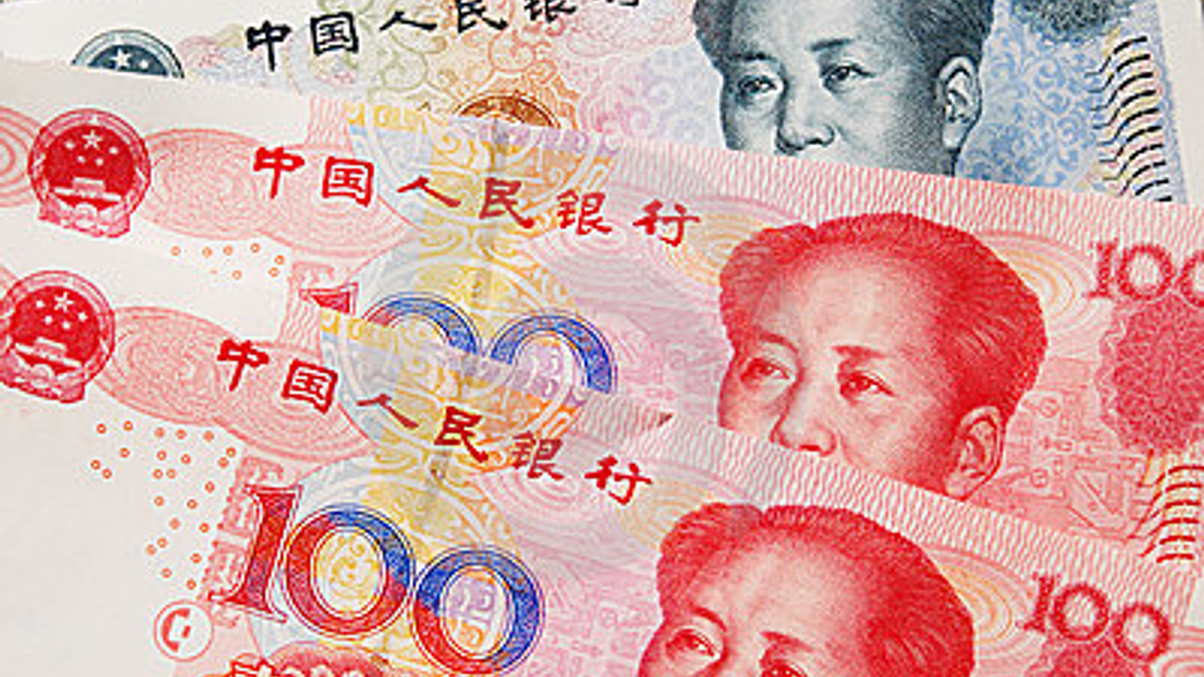Damaging losses feared for China fund subsidiaries
Regulatory freedoms granted to segregated-account subsidiaries of Chinese fund firms have seen the segment swell, but the risk of investor losses is going unnoticed, say sources.

Observers warn that low capital requirements and weak risk controls among the fast-rising subsidiaries of Chinese fund firms could lead to damaging investor losses.
Sign In to Your Account
Access Exclusive AsianInvestor Content!
Please sign in to your subscription to unlock full access to our premium AI resources.
Free Registration & 7-Day Trial
Register now to enjoy a 7-day free trial—no registration fees required. Click the link to get started.
Note: This free trial is a one-time offer.
¬ Haymarket Media Limited. All rights reserved.


